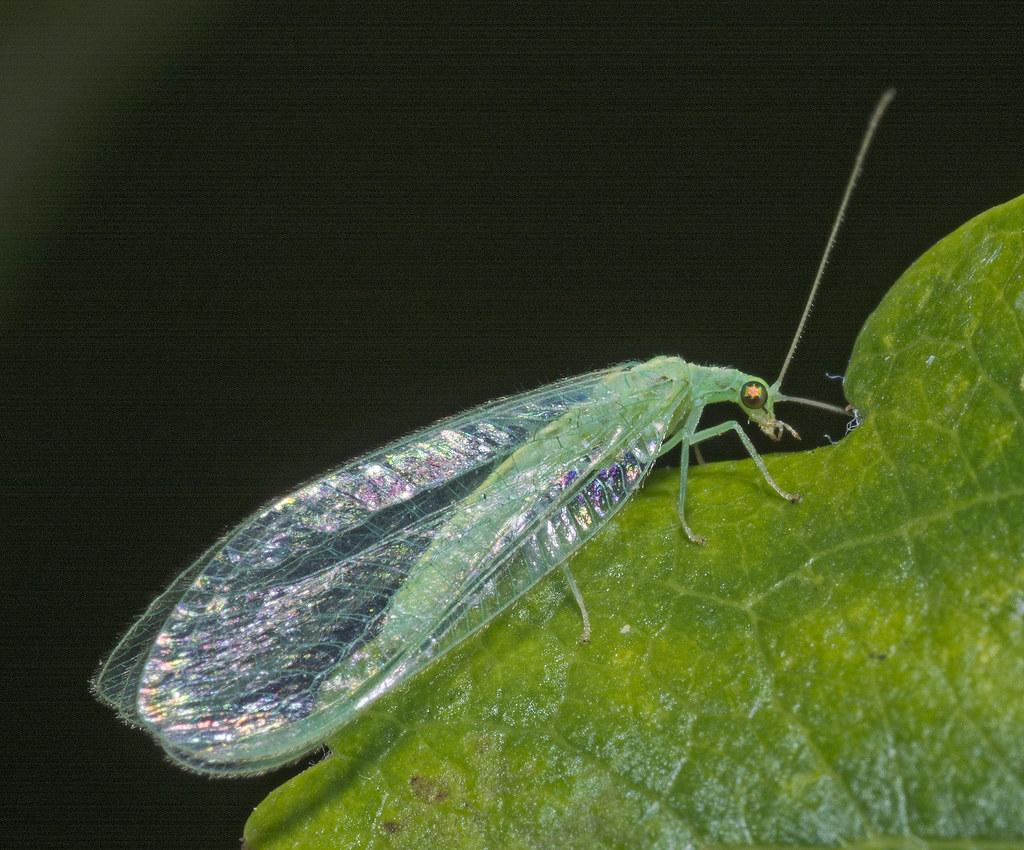What’s out there in the dark

Willow Beauty, Peribatodes rhomboidaria. Nikon D5200 Tokina 100mm f22 1/250 ISO 100
We puny humans still have the old monkey brain fear of the dark thing going on, which is a shame as I am constantly astounded by the beauty of what’s out there in the dark – such as this magnificent Willow Beauty. It’s enough to make you want to join the dark side. (Although his buddy the demon-eyed lacewing is a bit scary … especially if you’re an aphid).
Broad-leaved Helleborine
Broad-leaved Helleborine, Epipactis helleborine. Nikon D5200 Tokina 100mm f22 1/250 ISO 100
Broad-leaved Helleborine, bringing my season’s orchid count to thirteen:
2015 List (as of 25.07.15)
Early Purple Orchid
Green Winged Orchid
Man Orchid
Common Spotted Orchid
Greater Butterfly Orchid
Southern Marsh Orchid
Heath Spotted Orchid
Fragrant Orchid
Bee Orchid
Wasp Orchid
Pyramidal Orchid
Common Twayblade
Broad-leaved Helleborine
Bee Orchid

Bee Orchid, Ophrys apifera. Nikon D5200 Tokina 100mm f27 1/60 ISO 200
Waspish

Wasp Orchid, Ophrys apifera var trollii. Nikon D5200 Tokina 100mm f22 1/125 ISO 200
On Sunday we had the best orchid day ever – we saw literally thousands of orchids. And among them all, one single Wasp Orchid, possibly the only Wasp Orchid in VC55 this year. The Wasp Orchid is actually a variant of the Bee Orchid (var trollii), but with wasp-shaped flowers. Wasp-type flowers can even occur on the same plant as bee-type flowers. But still – one spike on one site in VC55. One careless footstep and …
2015 List (as of 21.06.15)
Early Purple Orchid
Green Winged Orchid
Man Orchid
Common Spotted Orchid
Greater Butterfly Orchid
Southern Marsh Orchid
Heath Spotted Orchid
Fragrant Orchid
Bee Orchid
Wasp Orchid
Pyramidal Orchid
Common Twayblade
Orchid Hunter With Camera

Sony DSC-HX20V f3.2 4.5mm 1/800 ISO 100
The closest you’re likely to see to a selfie. Apart from this one:
On The Verge

Southern Marsh Orchid, Dactylorhiza praetermissa. Sony DSC-HX20V f3.2 4.5mm 1/800 ISO 100
You may have heard recently about Plantlife’s now annual road verge campaign. Britain’s road verges are home to 703 species of wild plants, more than in any other part of our landscape, and 87 of them are either threatened with extinction or heading that way. 88% of these wild plants provide nectar and pollen for bees and other insects, making road verges essential refuges for insect life. 21 of the 25 Nation’s Favourite Wildflowers grow on road verges. From cowslips and bluebells in spring to swathes of cow parsley and ox-eye daisies in early summer, road verges are home to most of the 25 favourite wild flowers as voted for by the public. Around half of my orchid encounters so far this year have been on road verges. I’d like to drive a lot less miles and admire my orchids in rural settings rather than trying to take photographs with cars whizzing past my ear ‘ole … but needs must.
Spotted

Heath Spotted Orchid, Dactylorhiza maculata. Nikon D5200 Tokina 100mm f22 1/250 ISO 100
4am start. Wet and misty but thankfully no wind. Target acquired, large colony of Heath Spotted Orchids. Gloomy, only closeups with a flash worth bothering with. Then the Longhorn bull started to get too close. Not overtly aggressive but with calves in the field he was paying us altogether too much attention, so we decided on a dignified retreat after a few quick snaps. Hundreds of Heath Spotted Orchids though. Not bad.
2015 List (as of 11.06.15)
Early Purple Orchid
Green Winged Orchid
Man Orchid
Common Spotted Orchid
Greater Butterfly Orchid
Southern Marsh Orchid
Heath Spotted Orchid
By Moth By Moonlight

Greater Butterfly Orchid, Platanthera chlorantha. Nikon D5200 Tokina 100mm f16 1/180 ISO 100
Walk into any supermarket and you are greeted by ranks of orchids, mostly Phalaenopsis, the moth orchid. Moth orchids are called moth orchids because … well I’m sure you can figure it out. Their natural colour is white to attract moths by moonlight, not the garish pinks the supermarkets tend to favour. Browse a little further down the aisles and you’ll find the vanilla (another orchid product) in the baking section. Being stressed out recently we decided that the solution was an orchid foray. And we did quite well finding three species (although not the target species we had set out to look for). But the star of the show, hidden away deep in the wood, was a large colony of Greater Butterfly Orchids (Platanthera chlorantha). They shone out in the gloom, and I’d like to tell you that their air was full of their vanilla scent – but to be honest it was cold and very windy so not much to smell. The so-called Butterfly Orchids are the British moth orchids, although frustratingly, even after many years research the exact pollinators are still not completely known, so you’ll have to imagine those pollinaria (the yellow dots on either side of the flower) clamping onto an anonymous moth in the moonlight. I’m still having dreams about orchids in the moonlight and I think I’ll to have to go back soon on a warmer, calmer day just to sniff the flowers. Maybe in my next life I’ll come back as a moth.
WARNING!
In my sermon today I’d like to warn you about the most contagious and distressing disease known to man. And I say man, because it does seem to be mostly men who are afflicted. This terrible disease is capable of rendering seemingly intelligent, mature men weak at the knees after driving 70 miles (yes, I do have carbon guilt) to sniff a flower which smells of cat’s pee. (There’s a reason for this beyond pure insanity). Other common symptoms are lying on your stomach in a marsh, or in heathland (which doesn’t sound too bad until you remember the ants – ouch). This terrible disease is Orchid Fever. I’ve got a bad case. And yesterday’s Man Orchids (Orchis anthropophora) just made it worse:




